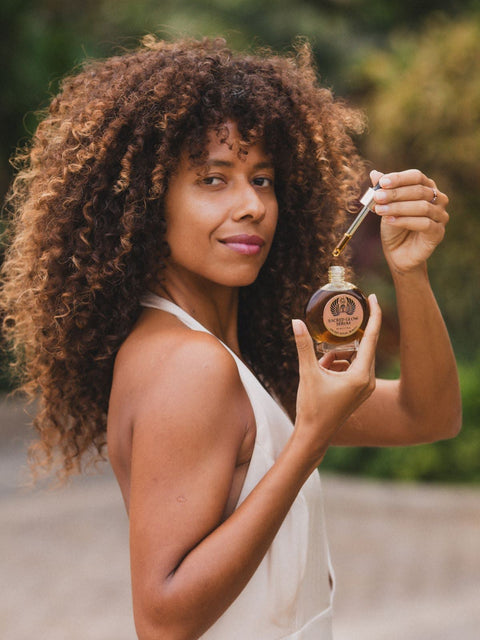
What Helps With Redness On Your Face: Solutions That Work
Key Takeaways:
- Identify Triggers for Redness: Understanding what causes your facial redness is essential for effective treatment and long-term prevention.
- Choose Soothing Ingredients: Ingredients like chamomile, calendula, and rosehip oil can help calm and reduce facial redness.
- Consult a Professional if Needed: Persistent or worsening redness may require a dermatologist's expertise for tailored solutions.
Facial redness is a common issue that can affect anyone, and while it might seem like a minor annoyance, it can impact your confidence and comfort. Understanding what causes facial redness and how to address it can make a big difference in your skincare routine and overall skin health.
At Sacred Rituel, we believe in the power of nature to restore and nourish your skin. With years of experience in formulating products that balance and calm even the most sensitive skin, we’re here to share insights and solutions that truly work.
In this article, we’ll explore various factors that contribute to facial redness and share practical solutions that can help. From quick relief tips and effective skincare ingredients to lifestyle adjustments and long-term prevention strategies, you’ll find plenty of ways to manage redness and support healthier skin.
Understanding Facial Redness: Common Causes
Facial redness can stem from a variety of causes, ranging from environmental factors to underlying skin conditions. Here are some of the most common reasons you might experience redness on your face:
Sun Exposure
Prolonged exposure to the sun can lead to redness and irritation, as UV rays damage the skin and cause inflammation. Even a mild amount of sun exposure can result in redness, especially if you have fair or sensitive skin that’s more prone to burning. Over time, repeated sun exposure without protection can exacerbate redness and contribute to long-term skin issues, like sunspots and premature aging.
Skin Conditions
Chronic skin conditions such as rosacea, eczema, and psoriasis are known for causing persistent facial redness. Rosacea, in particular, is characterized by redness that appears on the cheeks, nose, and forehead due to dilated blood vessels under the skin. Eczema and psoriasis, meanwhile, often manifest as red, itchy patches that can become inflamed, making the redness more noticeable and uncomfortable.
Irritating Skincare Products
Many skincare products contain harsh ingredients, like alcohol, synthetic fragrances, or strong acids, which can strip the skin’s protective barrier and lead to irritation. Individuals with sensitive skin are especially vulnerable to these ingredients, as their skin reacts more easily to potential irritants. Over time, repeated exposure to irritating products can weaken the skin barrier, leading to increased redness and sensitivity.
That’s why we created our Sacred Glow Serum—a deeply nourishing, 100% botanical face oil designed specifically for sensitive skin. Packed with cold-pressed organic oils, it hydrates and balances without irritation. Discover the healing power of nature and let your skin glow with Sacred Glow Serum today!
Allergic Reactions
Facial redness can also result from allergic reactions to common allergens, such as pollen, pet dander, or specific foods. If you have allergies, your immune system responds by releasing histamines, which can cause redness, swelling, and itching on the skin. Allergic reactions can also occur with topical products, like moisturizers or makeup, if they contain ingredients that your skin is sensitive to.
Temperature Changes
Sudden changes in temperature, such as stepping from a warm room into cold outdoor air, can cause your blood vessels to expand or contract quickly, leading to redness. Hot showers, spicy foods, and extreme cold can also trigger this reaction, especially in those with sensitive skin or rosacea. These changes in blood flow can make facial redness more pronounced and uncomfortable.
Stress And Emotions
Emotions such as stress, anxiety, or embarrassment can lead to facial flushing, which is a temporary form of redness. When you experience these emotions, your body releases adrenaline, which increases blood flow to the face, causing a noticeable flush. While this type of redness usually subsides once the emotional response passes, frequent stress can contribute to more persistent redness over time.
Quick Relief Tips For Reducing Facial Redness
If you’re dealing with facial redness, you probably want relief as quickly as possible. Here are some immediate steps you can take to calm and soothe red skin:
- Cool Compress: Applying a cold compress or a clean washcloth soaked in cold water to your face can help reduce inflammation and redness. Hold it on the affected areas for a few minutes to provide quick relief.
- Hydrocortisone Cream: If the redness is due to irritation or an allergic reaction, an over-the-counter hydrocortisone cream may help reduce inflammation. However, use this sparingly and only for short-term relief, as it can thin the skin with prolonged use.
- Avoid Hot Water: When you’re experiencing redness, skip hot showers or washing your face with hot water, as this can worsen inflammation. Opt for lukewarm or cool water instead.
- Stay Hydrated: Redness can sometimes be exacerbated by dehydration, so drinking plenty of water can help your skin stay hydrated and calm down.
Top Skincare Ingredients For Redness Relief
When it comes to reducing facial redness, certain skincare ingredients are known for their soothing and anti-inflammatory properties. Incorporating these natural ingredients into your routine can help calm and nurture your skin over time:
Chamomile
Chamomile is a gentle ingredient renowned for its calming effects on the skin. It contains antioxidants that help reduce inflammation and soothe irritation, making it an excellent choice for those with redness-prone skin. Chamomile can be found in various forms, such as chamomile extract, oil, or infused in creams and toners.
Calendula
This bright, orange-yellow flower is rich in flavonoids, which have powerful anti-inflammatory and healing properties. Calendula can help reduce redness, swelling, and irritation, making it especially beneficial for those with sensitive or reactive skin. Look for calendula-infused oils or creams to incorporate into your routine.
Lavender
Lavender is not only known for its relaxing aroma but also its ability to calm skin inflammation. It helps balance the skin’s moisture levels and can reduce redness associated with irritation or minor burns. You can find lavender in oils, serums, and even facial mists.
Rosehip Oil
Packed with essential fatty acids and vitamins, rosehip oil is a great choice for nourishing the skin and reducing redness. It has anti-inflammatory properties and can help support skin regeneration, which is particularly beneficial for those dealing with redness from acne scars or rosacea.
Sencha Green Tea
Green tea, especially Sencha, is rich in antioxidants called catechins, which help reduce inflammation and redness. It also helps to strengthen the skin’s barrier and protect it from environmental damage. Green tea can be used as an ingredient in toners, serums, or masks to provide soothing effects.
Lifestyle Changes To Minimize Facial Redness
In addition to choosing the right skincare products, certain lifestyle adjustments can help reduce and prevent facial redness. Here are some practical changes you can make to minimize redness and support healthier skin:
Manage Stress Levels
Stress can exacerbate facial redness, particularly for individuals with skin conditions like rosacea, as stress hormones may trigger flare-ups. Incorporating stress-management techniques, such as meditation, deep breathing exercises, or regular physical activity, can help lower stress levels. By reducing stress, you can help calm your skin and minimize redness, as well as improve your overall well-being.
Watch Your Diet
Certain foods and drinks can trigger facial redness. Common culprits include spicy foods, caffeine, and alcohol, all of which can dilate blood vessels and lead to flushing. Paying attention to your diet and limiting these triggers can help minimize redness.
Stay Hydrated
Drinking plenty of water is essential for maintaining skin hydration and supporting overall skin health, which can reduce facial redness. Hydration helps flush out toxins that may contribute to inflammation, a key factor in redness. Aim for at least eight glasses of water per day to keep your skin hydrated, supple, and less prone to irritation.
Protect Your Skin From The Sun
Sun exposure is a major contributor to facial redness. Make it a habit to wear sunscreen with an SPF of at least 30, even on cloudy days, and consider wearing a wide-brimmed hat when outdoors. Sunscreen helps protect against UV damage and prevents exacerbation of redness.

Avoid Extreme Temperatures
Extreme temperatures can aggravate facial redness by causing blood vessels to expand and contract rapidly, which can make redness more noticeable. Hot showers, saunas, and cold, windy weather can all have this effect, particularly on sensitive skin. To minimize redness, avoid exposing your face to these extremes, and opt for lukewarm water when washing your face or showering.
Use Gentle Skincare Techniques
Using harsh exfoliants or scrubbing your face can irritate the skin and lead to increased redness, especially if you have sensitive skin. Instead, try applying products with gentle, circular motions, and consider using a soft washcloth or your hands rather than abrasive tools. This approach helps protect your skin barrier and reduces the risk of inflammation and redness from physical irritation.
Preventing Redness: Long-Term Skincare Strategies
Taking a proactive approach to skincare can make a big difference in preventing facial redness over the long term. Here are some strategies to incorporate into your daily routine to help keep redness at bay:
Build A Consistent Skincare Routine
Consistency is key when it comes to skincare. Establish a routine that includes cleansing, moisturizing, and sun protection daily. Opt for products labeled as gentle or formulated for sensitive skin to minimize the risk of irritation.
Incorporate Anti-Inflammatory Ingredients
Using anti-inflammatory ingredients like niacinamide, green tea, and chamomile in your skincare routine can significantly help reduce redness and irritation over time. Niacinamide, for example, helps to strengthen the skin barrier and reduce inflammation, while green tea and chamomile soothe and calm the skin. Look for these ingredients in serums, moisturizers, and masks to ensure your skin receives consistent anti-inflammatory benefits.
Patch-Test New Products
Before incorporating a new product into your skincare routine, it’s wise to patch-test it by applying a small amount to a discreet area of your skin. Waiting 24 hours allows you to monitor for any adverse reactions, such as redness, itching, or irritation, which can help prevent these issues from affecting your face. This simple step can be crucial for people with sensitive or redness-prone skin, as it minimizes the risk of unexpected reactions.
Use Barrier-Repair Products
A strong skin barrier is essential for protecting against environmental triggers, like pollutants and allergens, which can lead to redness and irritation. Products that contain ceramides, fatty acids, and cholesterol help repair and reinforce the skin barrier, making your skin more resilient and less reactive. By using barrier-repair products consistently, you can help maintain a balanced skin barrier that better withstands external stressors.
Exfoliate Sparingly
While exfoliation can help remove dead skin cells and improve skin texture, over-exfoliating can compromise your skin barrier and increase redness. Aim to exfoliate only once or twice a week, and choose gentle exfoliants like mild enzyme exfoliators or products with low concentrations of AHAs or BHAs. This approach allows you to gain the benefits of exfoliation without aggravating your skin, keeping it healthy and less prone to redness over time.
Stay Mindful Of Seasonal Changes
Your skin may react differently during various seasons. For example, cold, dry winter air can exacerbate redness, so consider adding a richer moisturizer to your routine during colder months. In contrast, summer’s heat and humidity might call for lighter, more hydrating products.
When To Seek Professional Help For Facial Redness
While many cases of facial redness can be managed with lifestyle changes and over-the-counter skincare products, there are times when it’s best to consult a professional. Here are some signs that you may benefit from seeing a dermatologist or healthcare provider:
Persistent Redness
If you notice that the redness on your face is constant and doesn’t respond to home remedies or over-the-counter products, it might be a sign of a chronic skin condition like rosacea or eczema. These conditions often require professional diagnosis and specialized treatments that can help control symptoms more effectively than home care alone. A dermatologist can assess your skin and recommend personalized treatment options, which may include topical or oral medications.
Accompanying Symptoms
Facial redness accompanied by other symptoms, such as itching, burning, swelling, or flaky patches, may indicate an underlying skin condition that needs medical attention. Conditions like eczema, psoriasis, or seborrheic dermatitis often present with these symptoms and may require prescription treatments for proper management. Consulting a healthcare provider can help address these symptoms and provide relief, as they may worsen if left untreated.
Sudden Onset
If you experience a sudden onset of facial redness without any apparent triggers, it may be due to an allergic reaction, an infection, or an inflammatory response. This type of redness can sometimes signal a need for immediate medical attention, as certain allergic reactions or infections may require urgent care. Seeking medical advice can help identify the cause and prevent the situation from escalating, especially if symptoms worsen quickly.
Worsening Over Time
If you notice that your facial redness is progressively getting worse or spreading to other parts of your face or body, it may be a sign that the underlying issue is advancing. Conditions like rosacea or dermatitis can worsen over time if not properly managed, and early intervention can help slow the progression. A dermatologist can evaluate your symptoms and suggest a treatment plan to help stabilize or improve your condition.
Emotional Distress
Persistent facial redness can significantly impact your emotional and mental well-being, particularly if it affects your self-esteem or social interactions. If you feel that your facial redness is causing you distress or affecting your quality of life, seeking professional help can offer both physical and emotional relief. Dermatologists can provide effective treatments to help reduce symptoms and improve your skin’s appearance, which can positively impact your confidence and daily life.

Final Thoughts
Facial redness can be frustrating, but with the right approach, you can manage and reduce it effectively. Understanding the underlying causes of your redness is the first step to finding relief, and incorporating quick fixes, soothing skincare ingredients, and lifestyle changes can make a noticeable difference. By taking a proactive approach and using gentle, redness-friendly products, you can support your skin's health and resilience over the long term.
Remember to listen to your skin and adapt your routine as needed. If redness persists or worsens, don’t hesitate to reach out to a dermatologist for guidance. With a bit of patience and the right care, you can keep facial redness under control and enjoy a more balanced, comfortable complexion.
Read also:
- Serums That Target Wrinkles And Fine Lines Effectively
- Natural Ways To Remove Pimples At Home With Facial Oil
- Fungal Acne vs Hormonal Acne: How To Identify And Treat Each
Frequently Asked Questions About Reducing Facial Redness
What foods help reduce facial redness?
Anti-inflammatory foods like salmon, walnuts, and leafy greens can help reduce facial redness. Foods rich in antioxidants, such as berries and green tea, are also beneficial.
Can using makeup cover facial redness effectively?
Yes, green-tinted primers and concealers are particularly effective at neutralizing redness. Look for makeup products formulated for sensitive skin to avoid irritation.
What vitamins are good for reducing redness on the face?
Vitamins C, D, and E have anti-inflammatory properties that support skin health and can help reduce redness over time.
Can exfoliating help with redness on the face?
Gentle exfoliation can help, but over-exfoliating may worsen redness. Choose mild exfoliants, like enzyme-based products, and limit use to once or twice a week.
Does facial massage help with redness?
Gentle facial massage can help improve circulation and reduce inflammation. Avoid too much pressure, as it can aggravate redness.
Can rosacea cause permanent redness?
Yes, untreated rosacea can lead to persistent redness, so early treatment is essential to manage the condition and prevent progression.
Sources:
- Ferreira, E. B., Vasques, C. I., Jesus, C. A. C., & Reis, P. E. D. (2015). Topical effects of Chamomilla Recutita in skin damage: A literature review. Pharmacologyonline, 3(2015), 123-130.
- Silva, D., Ferreira, M. S., Sousa-Lobo, J. M., Cruz, M. T., & Almeida, I. F. (2021). Anti-inflammatory activity of Calendula officinalis L. flower extract. Cosmetics, 8(2), 31.
- Cardia, G. F. E., Silva-Filho, S. E., Silva, E. L., Uchida, N. S., Cavalcante, H. A. O., Cassarotti, L. L., ... & Cuman, R. K. N. (2018). Effect of lavender (Lavandula angustifolia) essential oil on acute inflammatory response. Evidence‐Based Complementary and Alternative Medicine, 2018(1), 1413940.

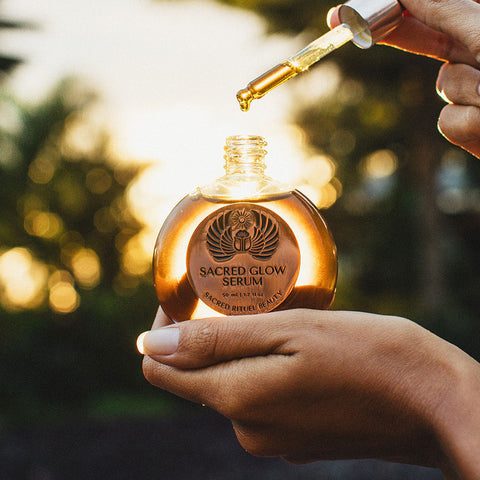

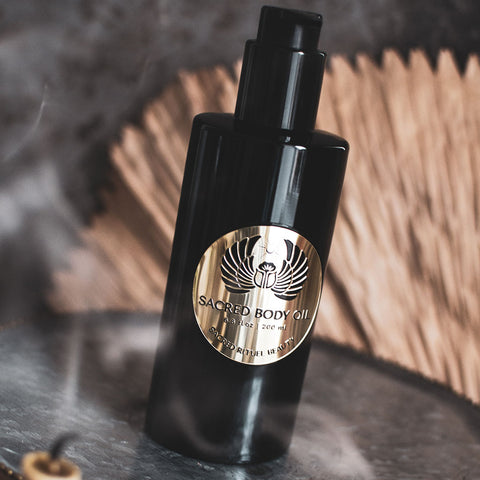
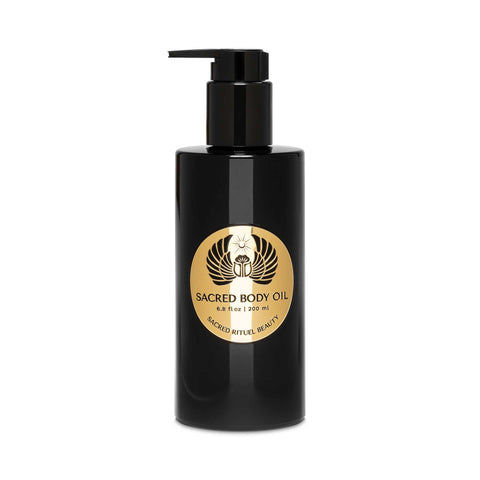

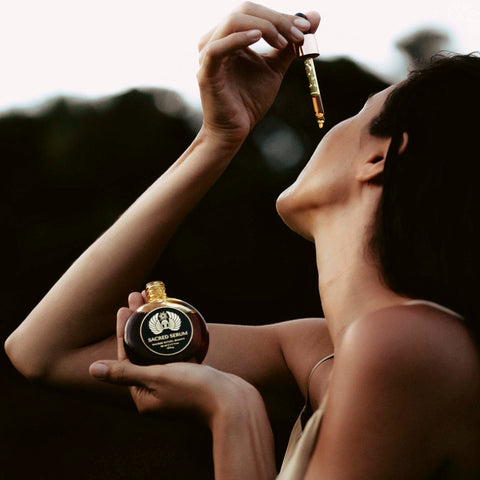
Comments (0)
There are no comments for this article. Be the first one to leave a message!